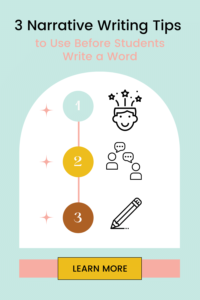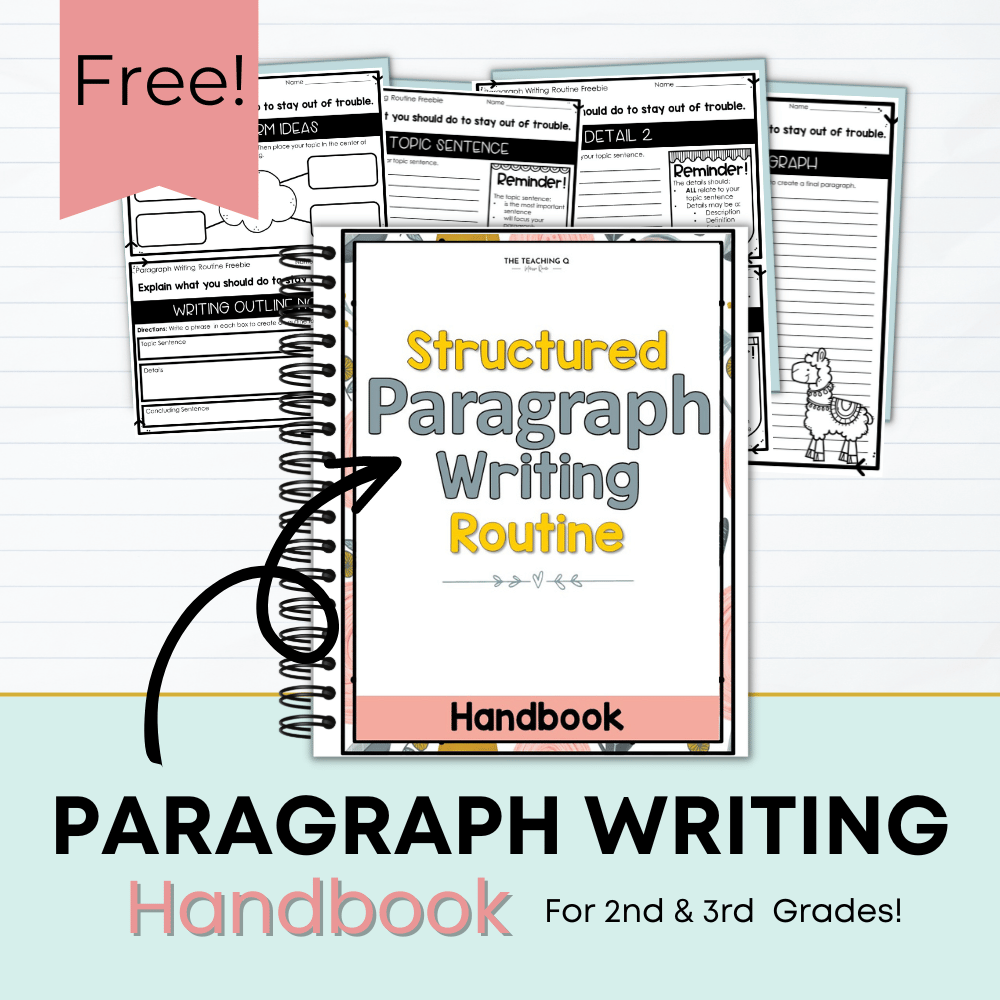I’ve developed three essential narrative writing tips to do before the writing begins. Follow these three things, and you’ll be thrilled to proudly display the final narratives front and center of the main bulletin board.
Why take the time out of your already busy schedule to work on prewriting? Well, let me ask you something.
Have you ever found yourself halfway through a narrative writing project with your students when you realize something is missing? Or, it seems your kiddos are just rambling without any point to their story.
Well, no more of that. My three narrative writing tips will change your life! (Well, change your teaching life. And that’s still pretty much the most exciting thing since Starbucks came around!)
Narrative Writing Tip #1- Visualize it!

The first step to excellent narrative writing is to visualize the events. Fortunately, young children thrive on using their imagination. Often, it takes one or two students to share what they are imagining, and the rest of the kiddos are on board.
To support the students in the visualizing stage, I verbally ask the student to lay or sit in a comfortable position and close their eyes. Then, walk the students through the narrative story structure. These are the sentences I say or something close to them:
- “Imagine the story’s main person, animal, or creature.”
- “Where is the main character? What are their surroundings? What would they see if they looked around.”
- “When did this take place? It might be a particular year, month, holiday, day of the week, or a particular season.”
- “Who else does the main character interact with? Why? What’s their purpose?”
- “Do the characters have a problem or are they experiencing a special event?
- “What steps happen to take care of the problem or what happens first, next, last?”
- “What is done to solve the problem, or what is the final event that takes place?”
- “How did the characters feel during each event?”
- “How did the character respond to events or each other?”
- “What is the general feeling at the end of the narrative?”
As stated, each question walks students through the structure of narrative writing.
- Character(s)
- Setting
- Beginning/Problem
- Middle
- End/Solution
It may sound like an overload of questions, but it’s not. Spend the extra time to walk the students through the structure so they can visualize each element of the story, which will pay off once you read the published writing.
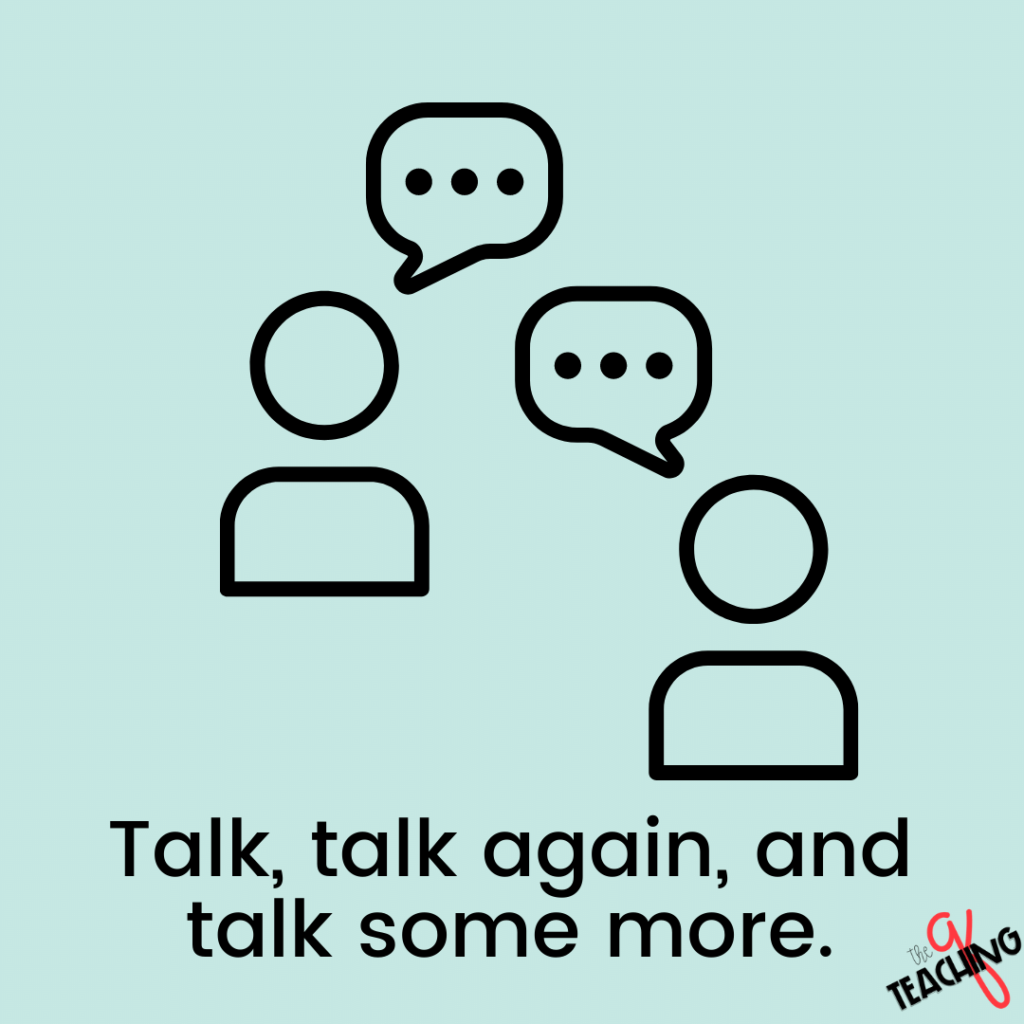
#2- Let Them Talk, Talk, and Talk Some More!
Now that the kids have visualized their narrative writing, it’s time for them to tell the story. Like in the old days before computers, paper pencils, and the telegraph. Provide a campfire-style opportunity for sharing in pairs instead of in a large circle.
So divide your students into pairs. Assign partner A to tell their story first and instruct partner B to give one great piece of feedback or compliment afterward. Then have partner B tell their story aloud, and partner A will provide the input.
The next part is essential. Allow your students to ask one another questions about the stories told. This provides the author with the chance to add the necessary details to the story, which will help the overall structure.
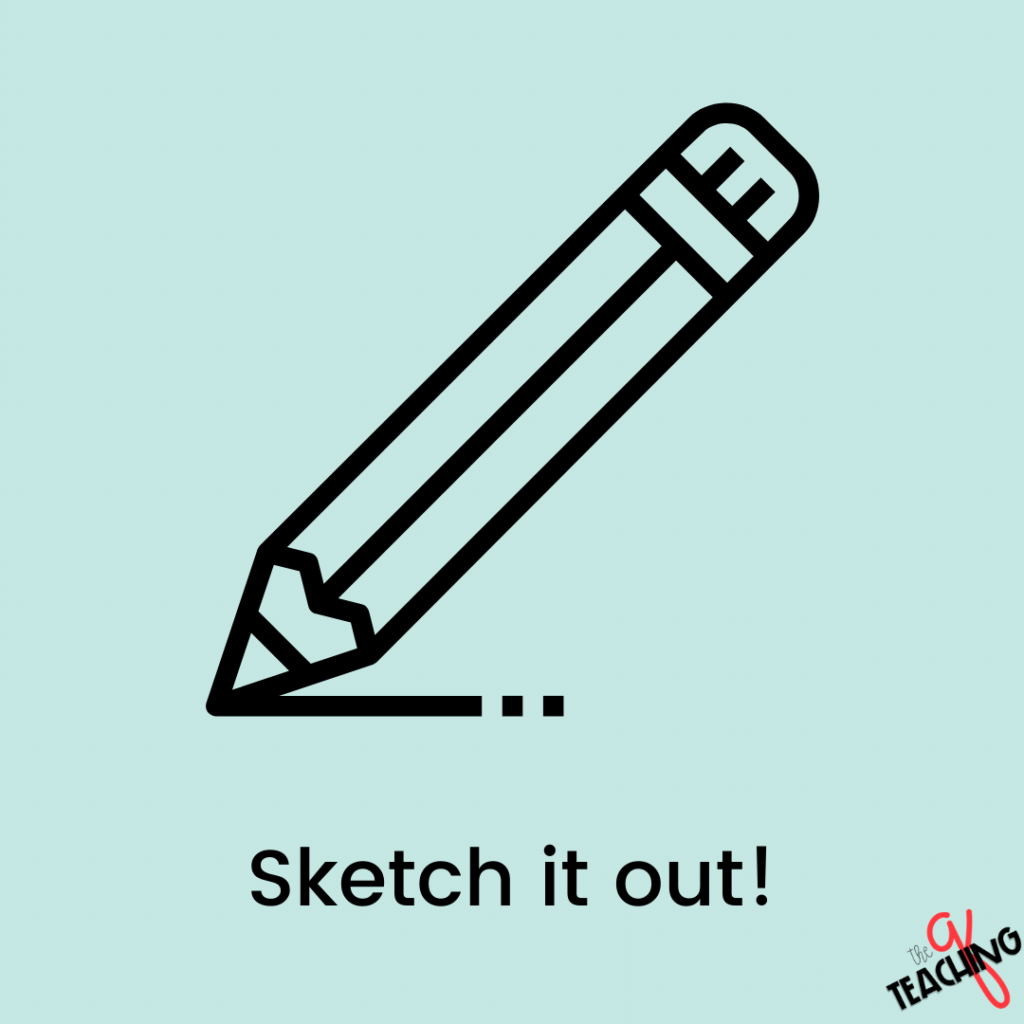
Narrative Writing Tip #3- Sketch It Out!
The students are now ready to create a quick and simple sketch of their narrative. I highly recommend using a narrative graphic organizer such as the image below.
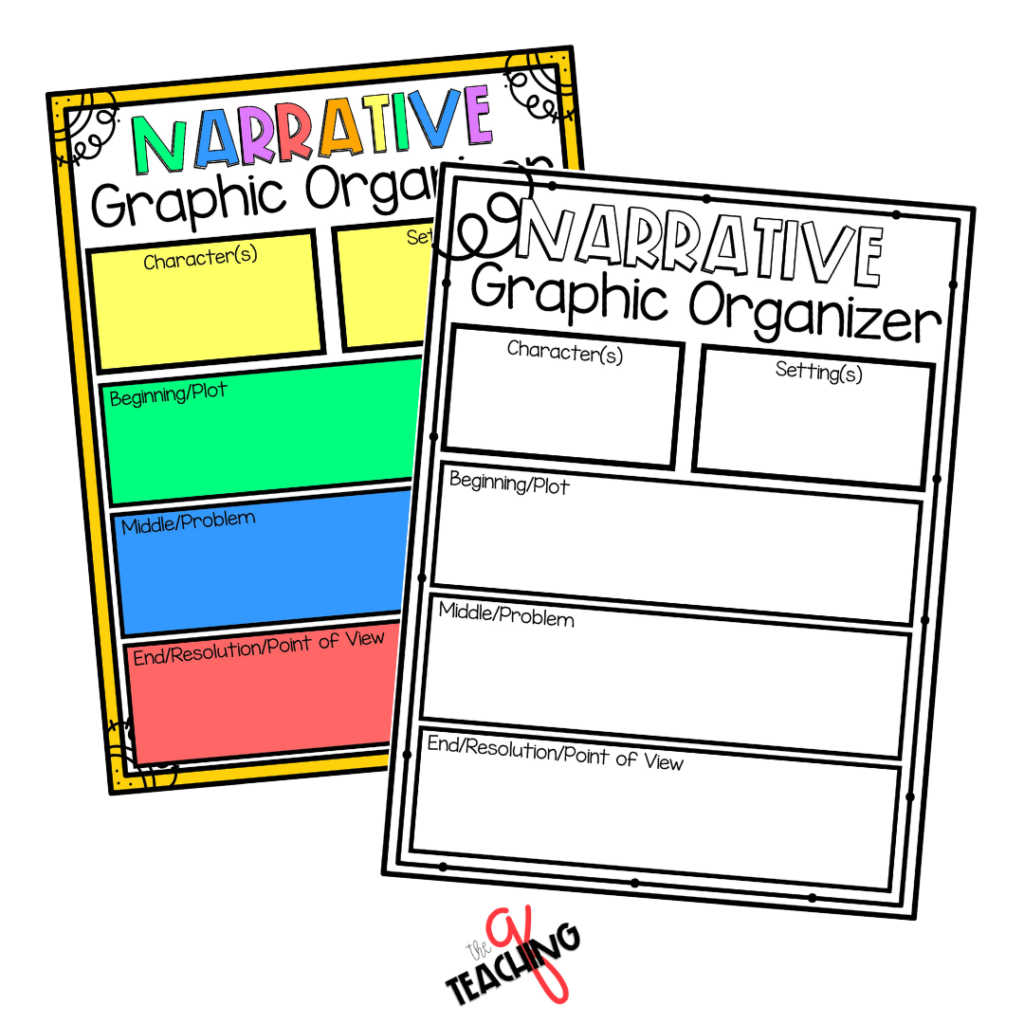
As long as I’m handing out narrative writing tips, I’d like to add that it’s helpful to have a large visual timer so students can pace themselves as they sketch. If you don’t have one, give the students a warning before times up.
Assign new A-B partners once the time is up and repeat the routine outlined above. The benefit of a new partner is new insights and questions. Now the students can modify their stories as needed. (And, there’s no erasing since they haven’t even started writing yet!)
Now that I’ve shared my three prewriting narrative writing tips, the students are ready to begin writing their rough draft.
How do you teach narrative writing? Glad you asked.
This blog post takes you through each step of the narrative writing process if you’d like to extend our conversation.
Need narrative writing prompt recommendations? Here are two of my student’s personal favorites:
- Pirate-Themed Narrative Writing– Write a fictional narrative about someone searching for a treasure.
- Space-Themed Narrative Writing- Write a fictional narrative about someone who has an amazing discovery while exploring Outerspace.
I’d love to see pictures of your student’s prewriting in action. Follow me on Instagram @theteachingq.

Are your students struggling and making very little progress in writing? Or maybe they’re unmotivated or a reluctant writer? If so, I’ve got your back.
Yes…I…Do!
Let me share my secret sauce when it comes to teaching writing to elementary students.
It’s the Sentences, Paragraphs, and Essays: OH, MY! E-book.
Click this link to learn more about how the E-Book can transform your students’ chicken scratch, hap-hazard writing into strong, effective, glorious writing!
–Melissa
